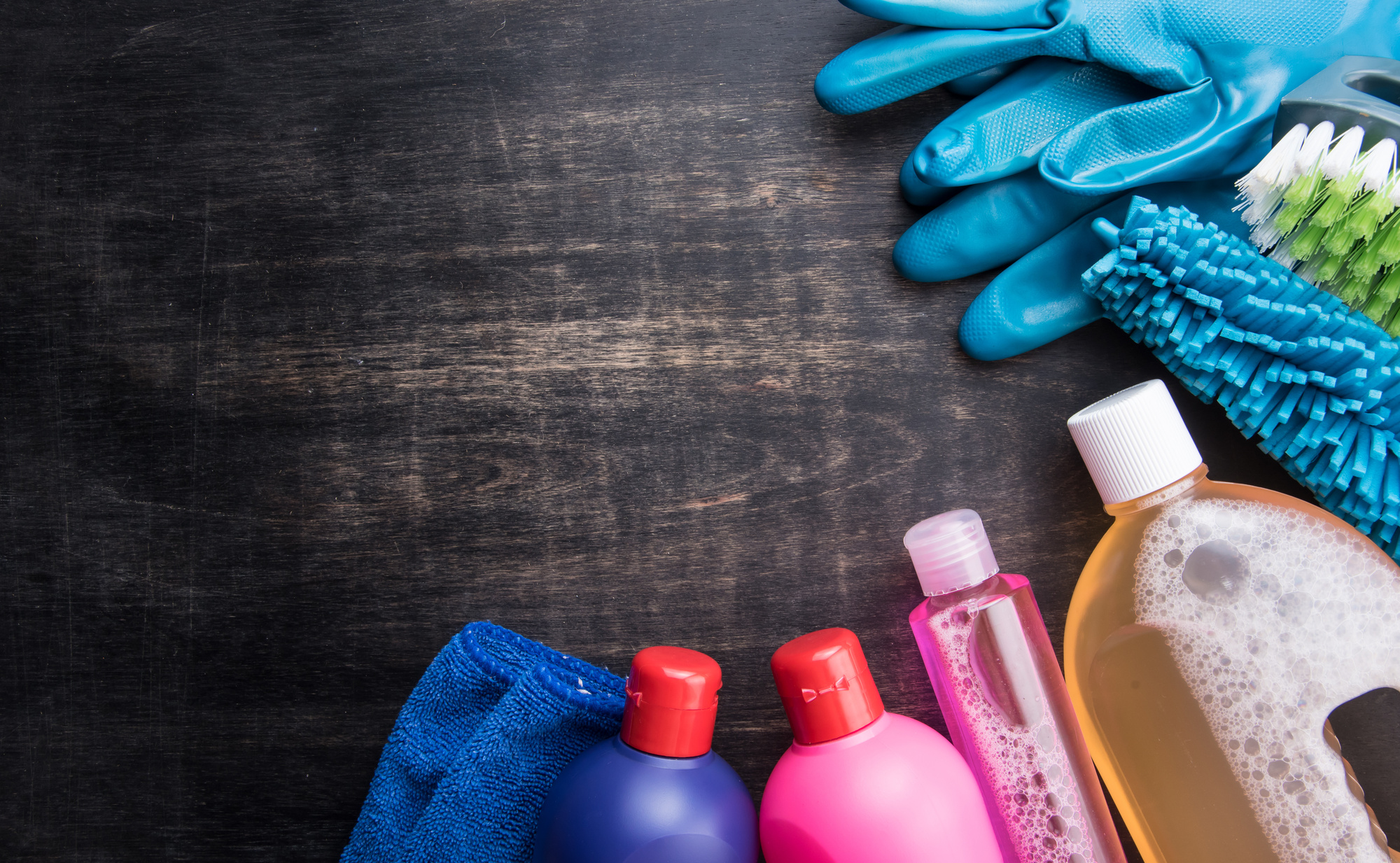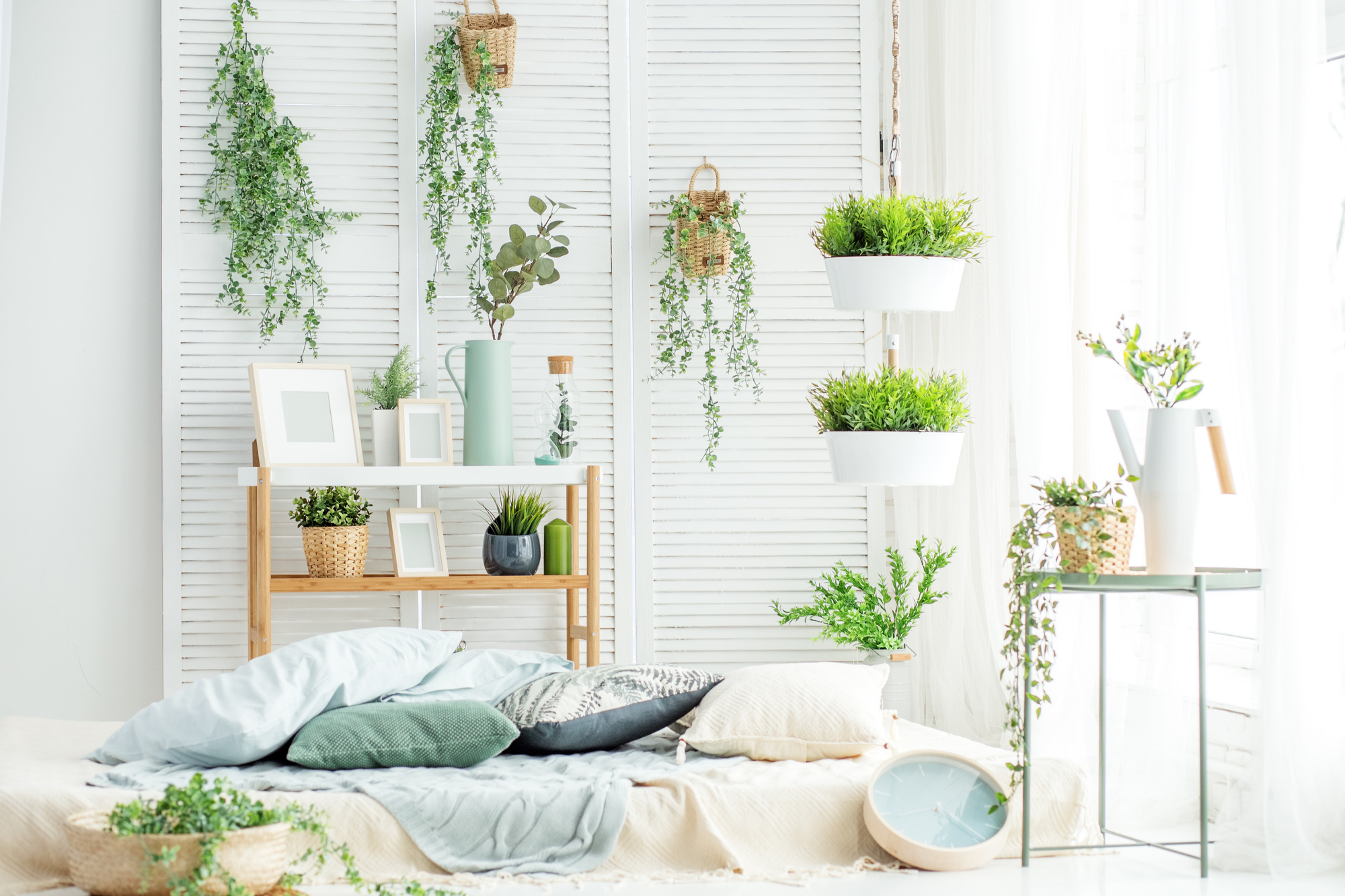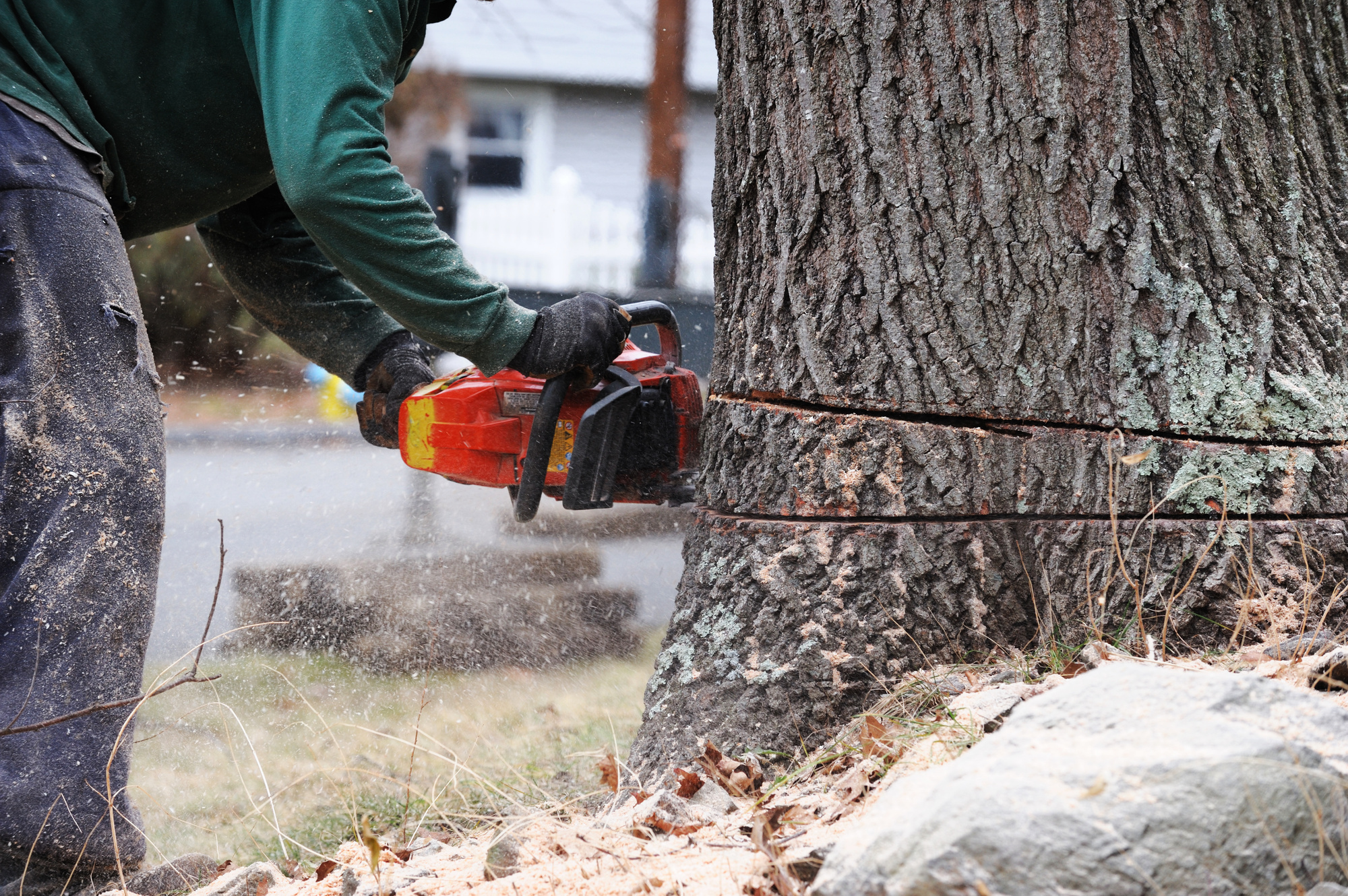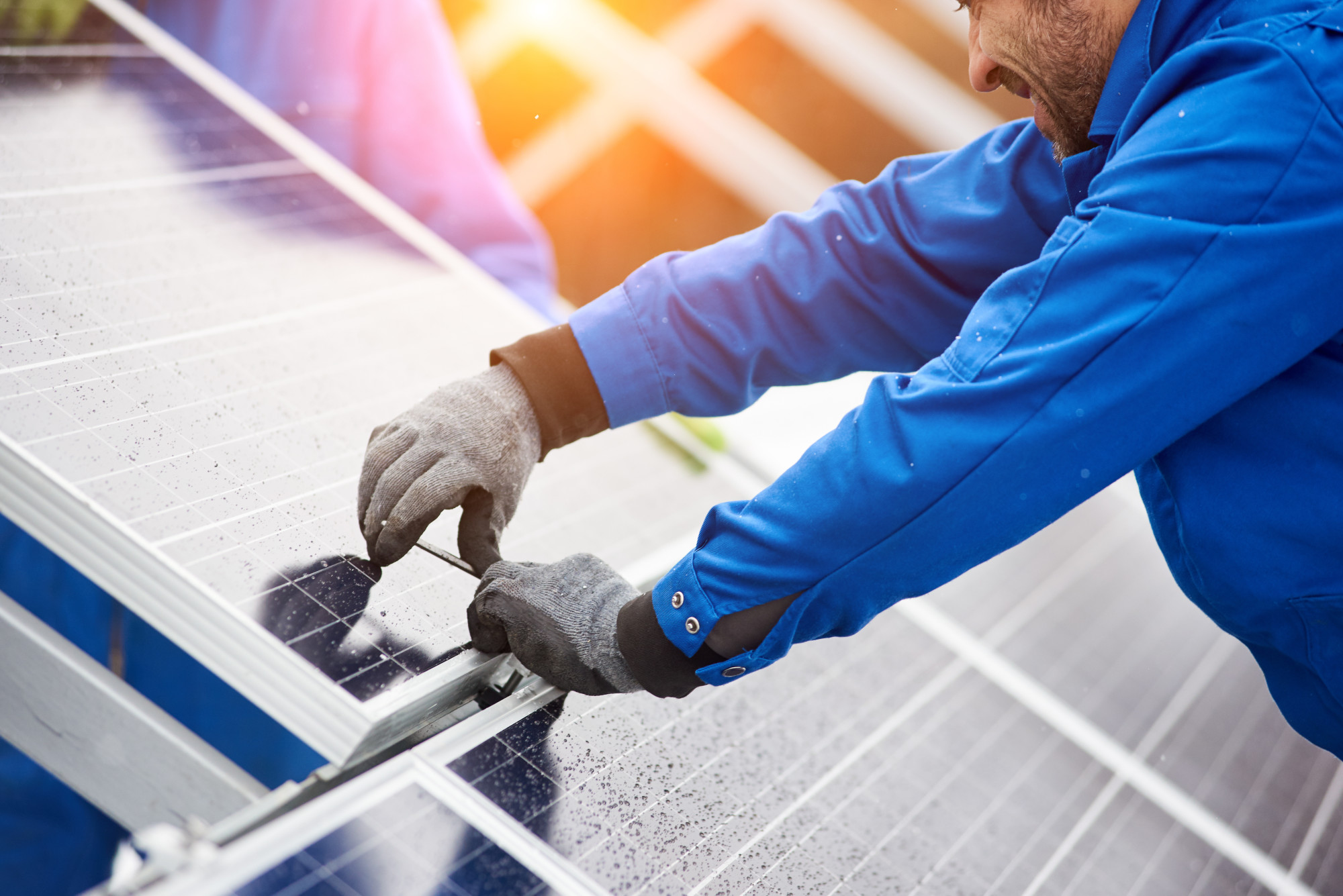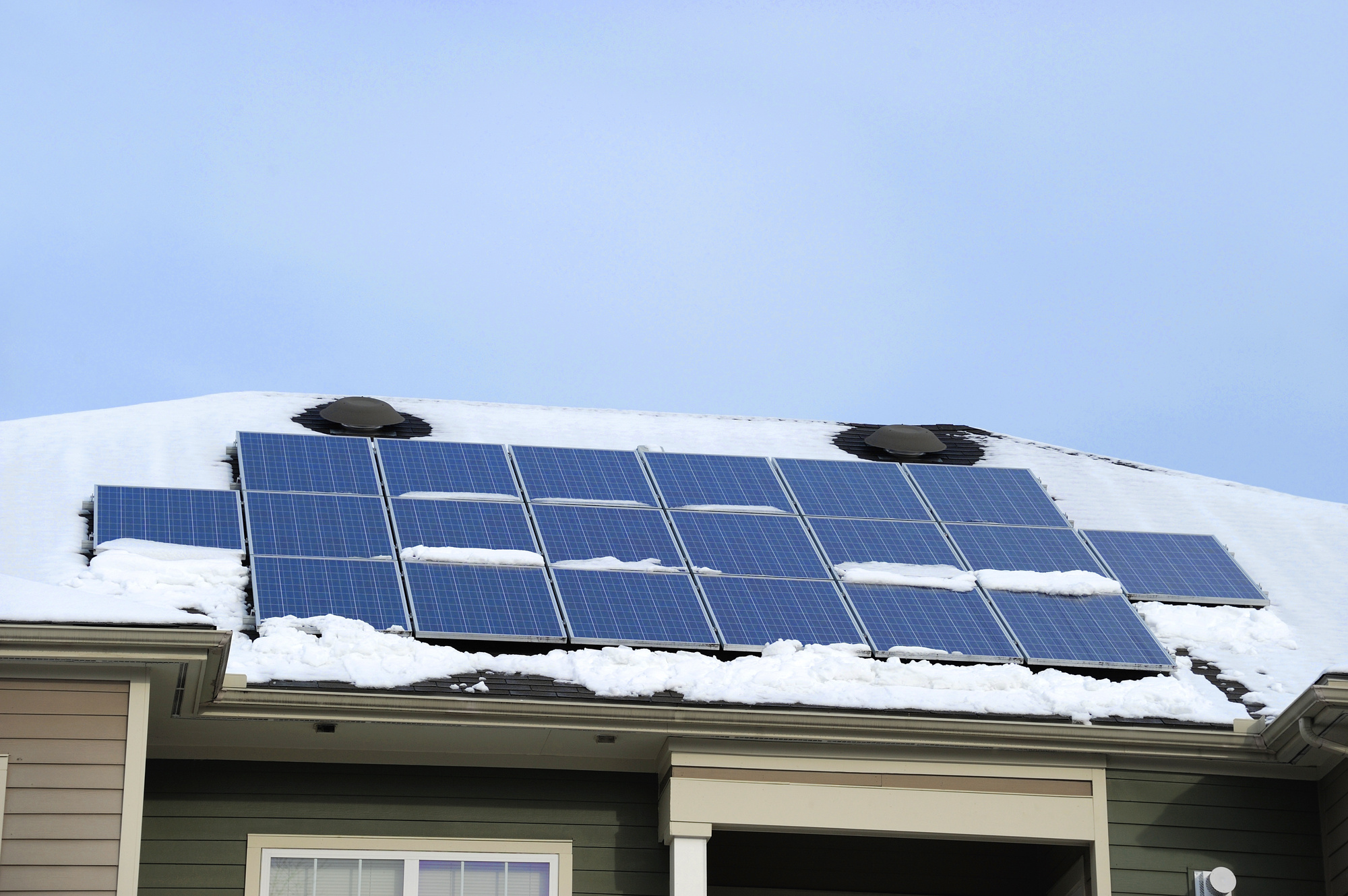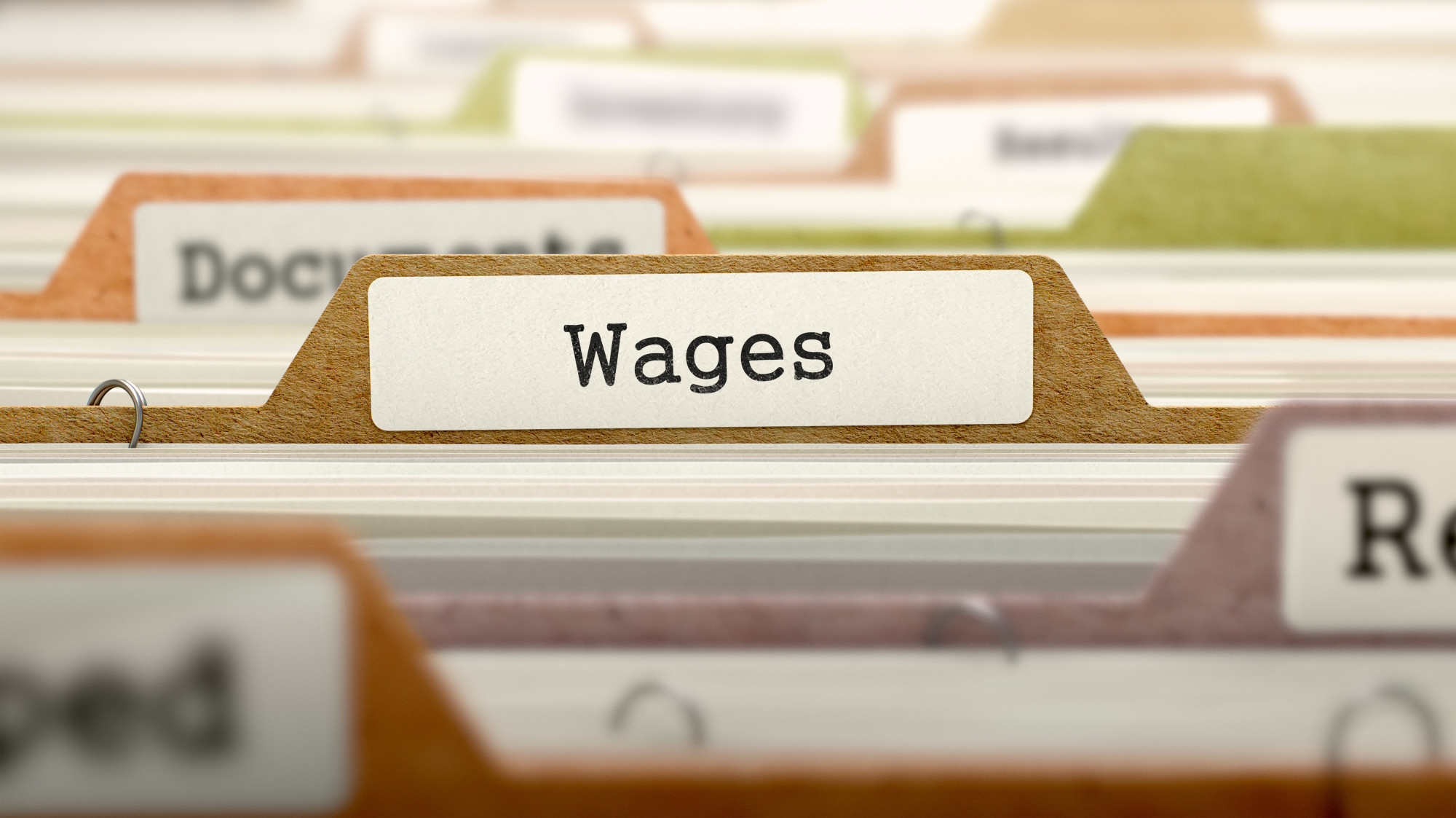Do you want to make your home more eco-friendly?
You can do it by installing solar panels on the top of it. You can also do it by stocking your house with sustainable supplies like cardboard-free toilet paper, reusable shopping bags, and stainless steel straws.
But one of the best ways to do it is by cutting out all of the everyday products that are bad for the environment from your home. There are tons of things that you probably use on a daily basis that aren’t good for the earth.
Check out 10 everyday items that are killing the environment below.
1. Plastic Water Bottles
Plastic water bottles have made it easier than ever before for Americans to stay hydrated. But they’ve also wreaked havoc on the environment over the last 20 years or so.
Every year, Americans go through more than 50 billion plastic bottles. And while they recycle almost 25 percent of them, the vast majority end up in landfills or in the world’s oceans when they’re thrown in the trash.
Manufacturers also use up quite a bit of energy creating plastic bottles in the first place. The energy used to make plastic bottles every year would be enough to provide power to somewhere in the neighborhood of 200,000 American homes.
2. Plastic Bags
Plastic bags are just as harmful to the environment as plastic bottles are. And yet, there are about 1 trillion plastic bags used throughout the world on an annual basis.
Fortunately, many people reuse plastic bags for other purposes and do their part to get as much life out of them as possible. But at some point, plastic bags are thrown out, and when they reach a landfill, they can take as long as 1,000 years to decompose.
It’s one of the main reasons why some cities and states throughout the U.S. are starting to impose plastic bag bans.
3. Coffee Pods
About 40 percent of American households have single-cup coffee brewing systems set up in their homes these days. These systems allow people to use coffee pods to make one cup of coffee at a time.
This prevents people from wasting large amounts of coffee. But in the process, it creates a ton of waste in the form of plastic and aluminum coffee pods.
Because of the way the pods are constructed, they’re difficult to recycle. Therefore, the majority of them find a final resting place in landfills where it’ll take years and years for them to decompose.
4. Some Toothpaste
Brushing your teeth is absolutely essential to your overall health. But if you’re doing it with a toothpaste that contains microbeads, you could actually be doing more harm than good for the world.
The microbeads contained in some kinds of toothpaste contribute to the world’s plastic pollution problem once they go down the drain. They aren’t biodegradable and can attract toxic chemicals and carry them throughout the world as they move around in the ocean.
Fortunately, toothpaste containing microbeads has been banned for the most part in the U.S. But it’s still worth giving your toothpaste a second look before you continue using it.
You should also steer clear of using some facial cleansers that rely on microbeads.
5. Certain Soaps and Shampoos
To be clear here, not all soaps and shampoos are bad for the environment. Most of them are harmless.
But if you use soaps and shampoos that have sodium laureth sulfate in them, they could be problematic. It’s often added to soaps and shampoos as a foaming agent, and it’s not biodegradable.
Look on the back of your soaps and shampoos to make sure they don’t contain sulfates. Otherwise, you could be damaging the environment each and every time you wash your hands or take a shower.
6. Razors
Razor manufacturers run through a lot of carbon during the production process for razors. They also use a combination of plastic and metal that isn’t easy to recycle.
But the worst part about using razors might be the water that is wasted while shaving with one. Depending on how long it typically takes you to shave, you could waste 10 gallons of water or more at a time.
7. Sunscreen
Coral reefs all around the world are dying off at a rapid rate. Even the Great Barrier Reef off the coast of Australia has experienced this with about half of its reef dying over the course of the last two years.
Sunscreen isn’t solely to blame for this development. But there are a handful of chemicals found in sunscreen that are known to cause coral bleaching.
Companies are, thankfully, starting to phase some of those chemicals out. But you’ll still find chemicals like cinnamate, benzophenone, and paraben in many sunscreens.
8. Wet Wipes
Wet wipes used to be almost exclusively for those with babies and small children. But today, they come in many forms with people using them to do everything from wipe down countertops to wipe their rear ends in the bathroom.
Some of these wet wipes are advertised as being biodegradable. But more often than not, they’re not biodegradable at all.
Many are causing clogs in sewer lines, while others are working their way into landfills and filling them up at a faster pace.
9. Batteries
Many Americans use rechargeable batteries for most of their electronics. But there are still some using regular old batteries and disposing of them in the trash when they’re done.
These batteries can send lead, mercury, and more seeping into the soil surrounding landfills when they’re not recycled properly. They can also explode and send harmful fumes out into the air.
10. Birth Control Pills
When birth control pills are taken, they don’t pose a big threat to the environment.
However, there are some people who will flush old birth control pills down the toilet or down a drain, and that has caused some issues in the world. Specifically, certain fish populations have stopped reproducing due to the presence of the ingredients from birth control pills in their waterways.
Those who use birth control pills are advised to either take them or dispose of them the right way.
Find Eco-Friendly Alternatives for These Everyday Products Today
At this very moment, you’re likely surrounded by everyday products throughout your home that are killing the environment.
Take a look around you and do what you can to get rid of them. Replace them with safe alternatives that are better for the environment to make your home as eco-friendly as it can be.
Check out our blog for more tips on going green within your household.

